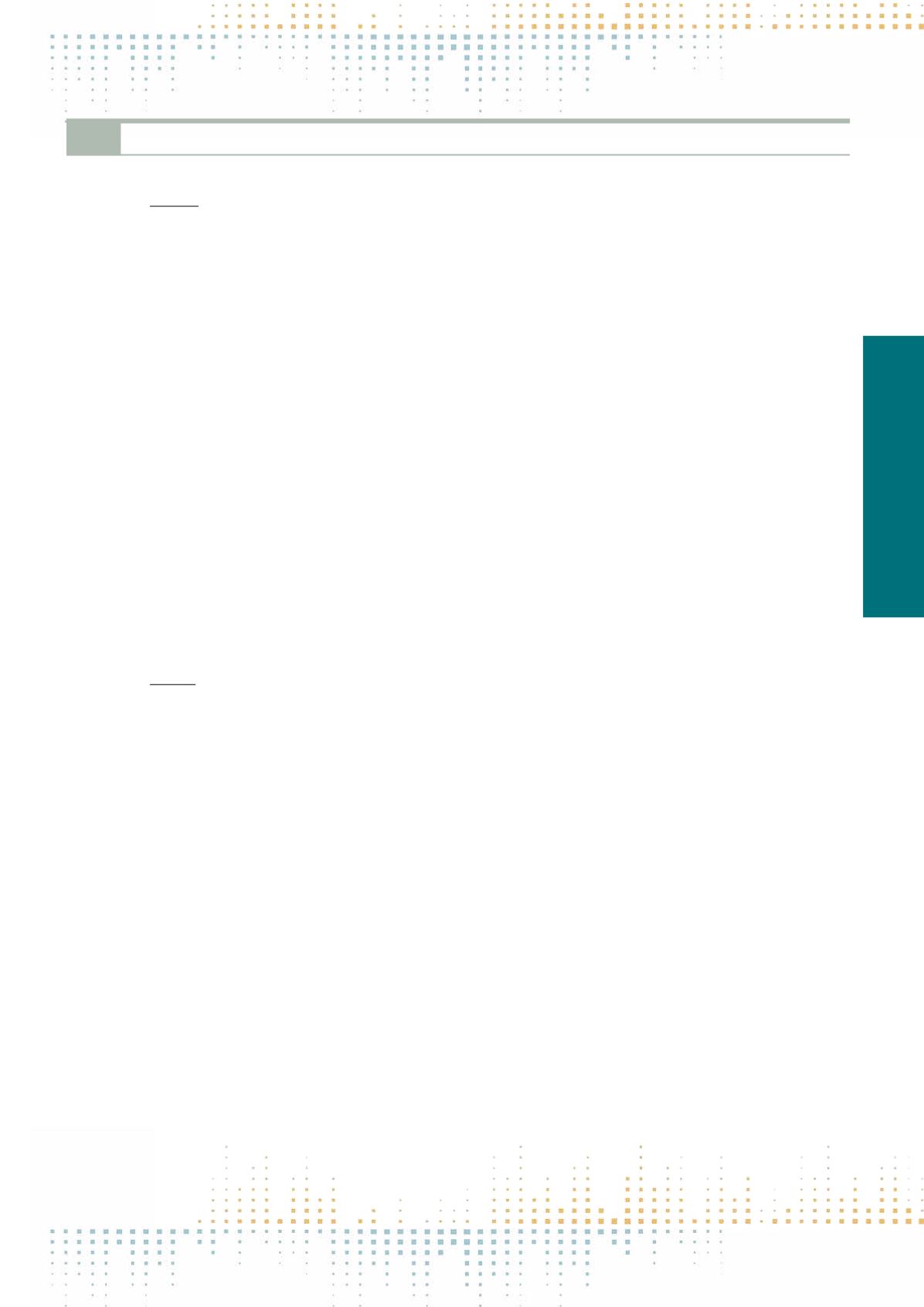

379
Friday, November 11
0 9 : 0 0 – 1 0 : 3 0
JOS14
Is There Any Trust Left in Journalism?
PP 287
Mistrust in a High-Trust Environment: The Relationship Between Partisanship and Trust in News Media in a Multiparty-System
E. Vatnoey
1
, E. Knudsen
1
, M. Hoem-Iversen
1
1
University of Bergen, Department of Information Science and Media Studies, Bergen, Norway
A long line of research within the fields of communication and journalism shows that citizens in several major democracies, most prominently the US, are
less likely to trust news outlets with a political profile different from their own. A well-known example is the divide between sympathies towards the Re‑
publican or the Democratic Party and trust in news outlets such as Fox News and MSNBC. These insights fuel debates about selective exposure, partisan
media, and fragmentation of the public sphere. Still, we have little knowledge about how partisanship guides citizens’ trust in news media in countries
outside of the US. Most studies have been carried out in a context characterized by a two-party political system, class-divided readership, and strong
regional publics. This has prompted a call for “more research on selective exposure in countries with multi-party systems, a culture of consensus rather
than competition, and comparatively few cleavages in society” (Trilling et.al, 2014). This study contributes with an examination of how the phenomenon
of distrusting the other side’s source of information plays out in a Nordic context. The Nordic countries consist of multi-party 'consensus democracies' with
relatively egalitarian populations, both socially and economically, and high levels of trust in both private and governmental institutions. The Norwegian
media landscape displays a number of characteristics that makes it a particularly interesting case. In Norway the political parties and the news organiza‑
tions have historically had strong ties, making the readership well informed about any ideological positions the different news organizations might have.
Furthermore, Norway has a combination of an omnibus press mixing “high and low”content categories, thereby attracting a wide range of readers across
demographic factors, and a relatively well-informed electorate with high newspaper consumption. We present the results from an online survey repre‑
sentative of the Norwegian population (N=843). We investigate citizens’trust in five national newspapers, with various political profiles and previous ties
to political parties, as our dependent variables. The findings suggest that there is indeed a relationship between party preference and what news sources
citizens trust. Preliminary results show that in particular right-wing voters are less likely to trust newspapers with a left-wing profile. Although this pattern
is less evident among left-wing voters, we find the same pattern among the higher educated voters in this category. Ideological one-sided news exposure
may thus be largely confined to a small, but highly involved and influential, segment of the population. Interestingly, voters of the smaller, center-oriented
parties, like the Christian Democratic Party, report less trust in newspaper outlets traditionally associated with both the right and left wing. These results
point towards the need to understand the phenomena in a wider context and along different dimensions than the traditional left-right distinction, such as
the distinction between center-periphery and religious beliefs. This way the paper provides more knowledge into particular national publics and a better
understanding of the factors that predict trust in news media in general.
PP 288
Trustworthy or Shady – How Does UGC Influence Journalism’s Trustworthiness in a Digitized World?
K. Grosser
1
, V. Hase
1
, F. Wintterlin
1
, B. Blöbaum
1
1
University of Münster, Department of Communication, Münster, Germany
Currently, professional journalism is facing a crisis of trust, especially in the online context. Scholars have yet to explore which article characteristics exactly
make journalism trustworthy or untrustworthy and what role individual differences regarding the recipients play. In order to shed light on the development
of online trust, the study will investigate the influence of User-Generated Content on the recipients’perceived trustworthiness of online news articles. UGC is
one of the most important changes digitalization has brought to journalism. It can impact the development of recipients’trust, both positively, for example
by providing journalists with the opportunity to enrichen their own reporting, and negatively, for example by creating problems of credibility. Based upon
a 2x4 online experiment with 500 participants and using a Tweet as one form of UGC, we will analyze how a news article’s topic (hard vs. soft), the integra‑
tion of UGC (picture vs. no picture) and the displayed verification of UGC (verified vs. not verified) impacts the online piece’s perceived trustworthiness. Con‑
trolled variables measured are social media self-efficacy, political attitudes, topic interest and media use. For this purpose, we developed a 12 item scale that
is advantageous to previous trustworthiness measurements based on a single item in that it allows us to discern where exactly the different forms in which
UGC can be depicted influence the perceived trustworthiness of the article. In particular, we will explore the influence on the following five antecedents
of trustworthiness: currentness, diversity, correctness and verifiability of information as well as reliability of source. A pretest focusing on one hard news
topic (n = 151) demonstrates both the high internal consistency (Cronbach’s Alpha = 0.89) and a high construct validity of the UGC trustworthiness scale
as well as successful manipulation checks. Based on existing literature and preliminary results of the pretest, we expect that verification will be the most
important factor, with verified UGC enhancing perceived trustworthiness. The study will not only provide insights on how the different depictions of UGC
influence the development of online trust and which antecedents exactly are impacted in which manner. Its results will also be a valuable starting point for
further research focusing on effective strategies for journalistic practice to (re)build trustworthiness through the use of UGC. The online experiment will be
carried out in March 2016. Data and results will be available for the conference.



















